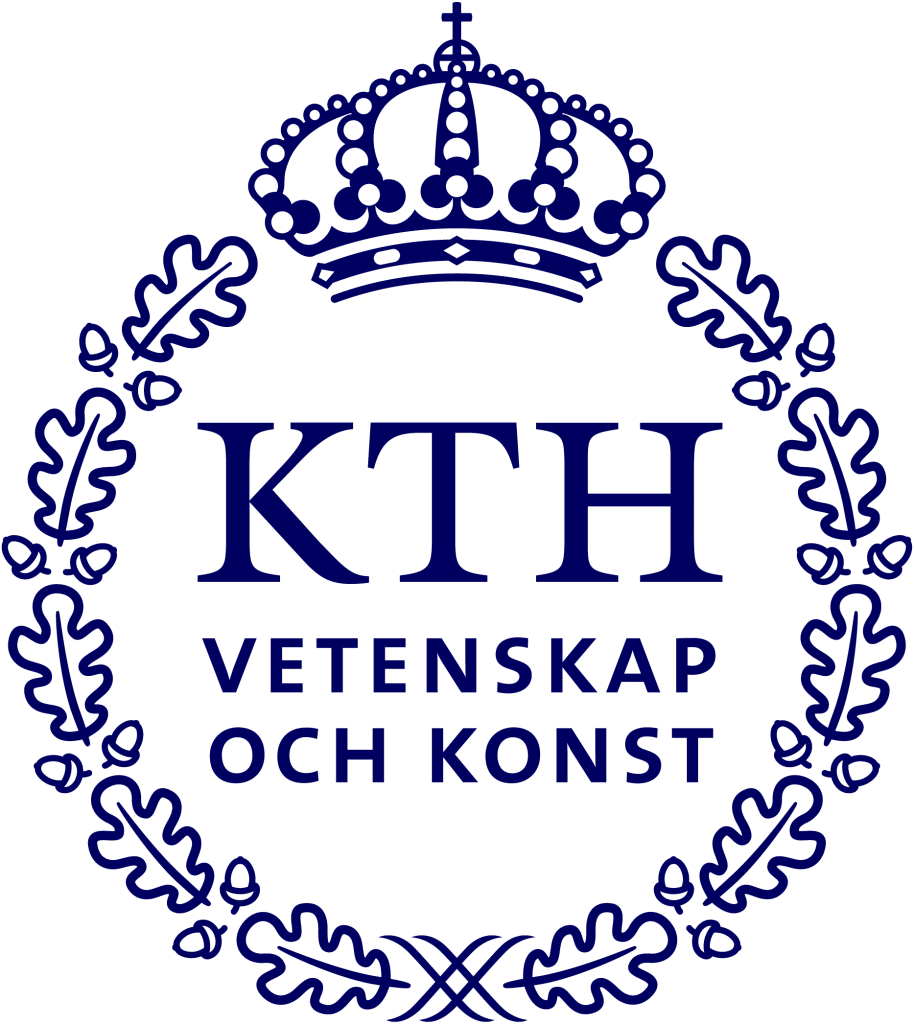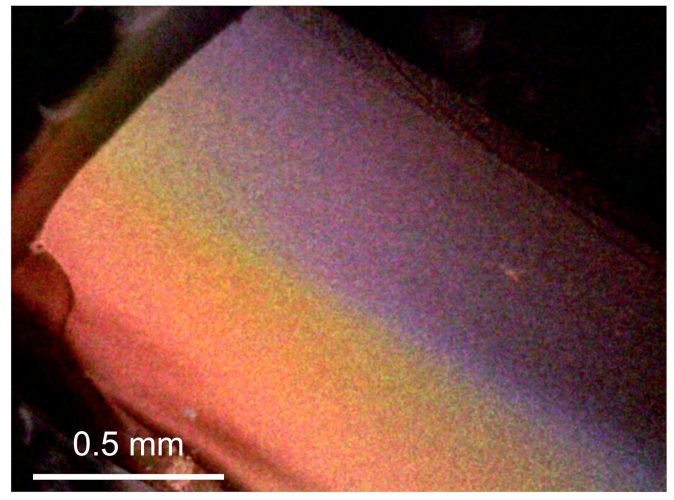Lignin, the second most abundant component in wood, has great potential for new fossil-free materials. But there are some hurdles to overcome, that is limiting the use of the raw material. One is the brown color of lignin, as the color is in many cases considered unattractive in advanced materials applications.
Now WWSC researchers, led by Assistant Professor Mika Sipponen, has prepared lignin micro/nanoparticles with structural colors, making lignin display all the colors of the rainbow!
In the work, performed by the PhD student Jinrong Liu and coworkers, the colloidal lignin nano/micro particles were classified according to their particle size. This leads to the assembly of photonic particle layers that exhibit a full spectrum of rainbow colors, without any chemical modifications being made.
The researchers also elucidated the assembly mechanism of the particles, forming layers with distinct colors and narrow particle size distributions.
“Our work establishes fundamental knowledge and practical methodologies to the research frontier with only a few other publications so far but many follow-up studies expected to be underway.”, says Mika Sipponen and continues:
“We thus anticipate that our work catalyzes the renewal of the lignin nanomaterials field and helps to introduce these materials to practical applications in the coming years.”
Future challenges includes enhancing the yield and studying the stability of these colorful materials.
Read the publication:
The article “Centrifugation-Assisted Fabrication of Photonic Crystals with Lignin Nanoparticles” is published in Nature Communications.
DOI : 10.1038/s41467-023-38819-5.





